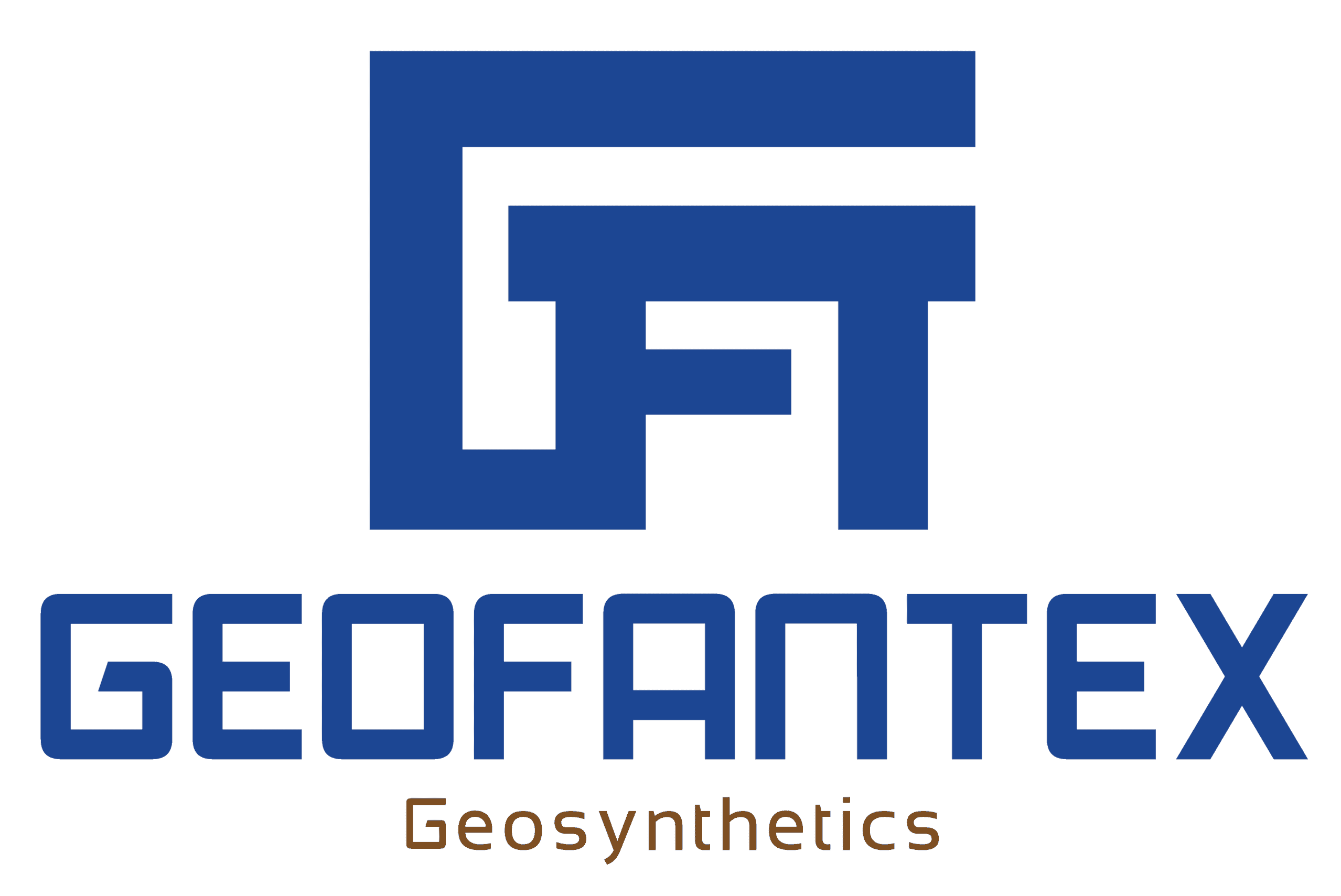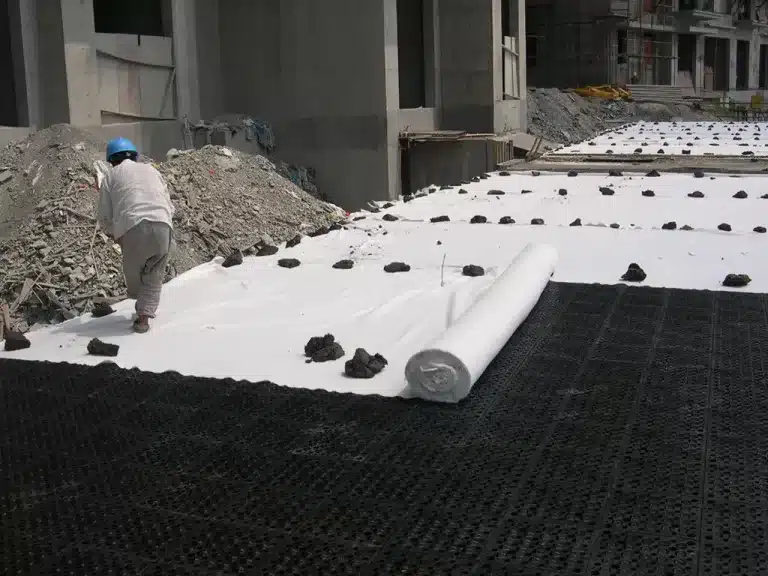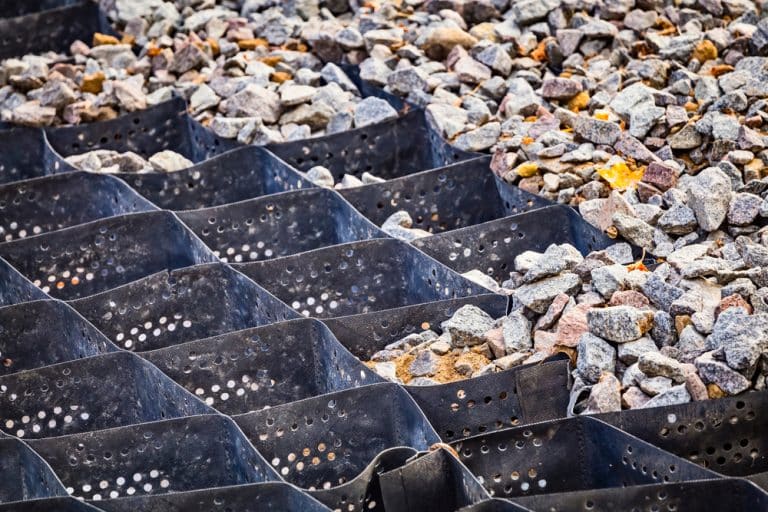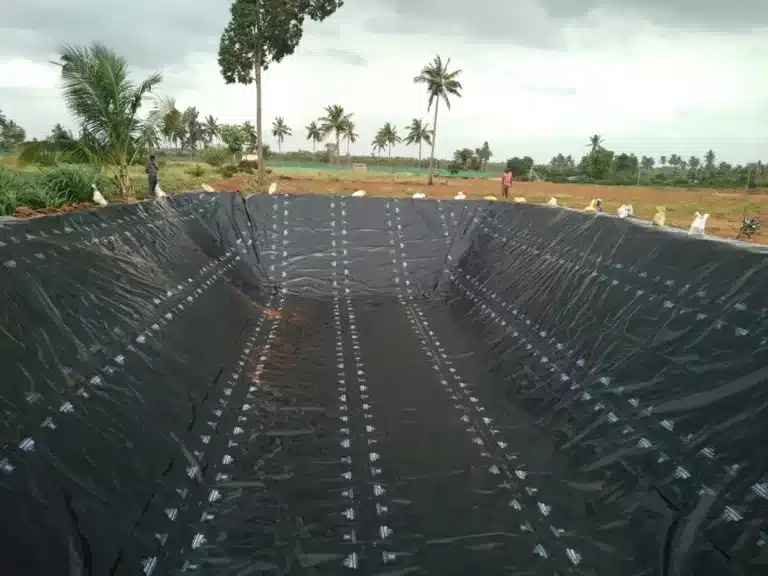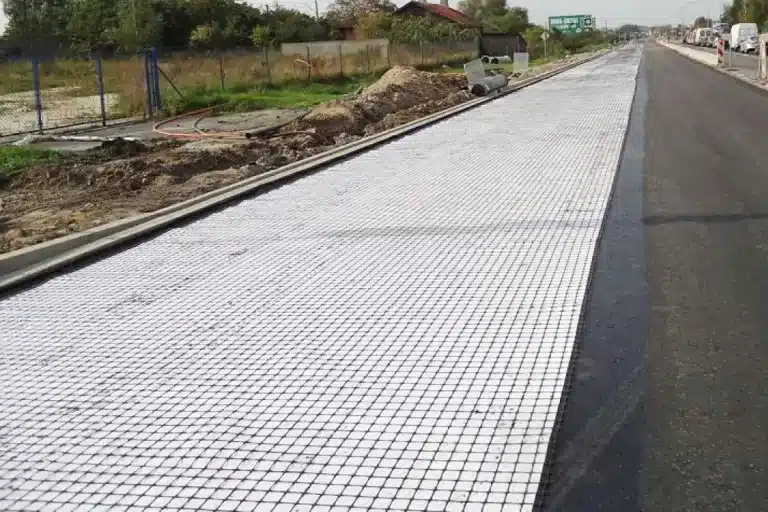Using Geogrid to Reinforce a Retaining Wall
When installing a retaining wall with blocks from Allen Block, geogrid is essential for stabilizing slopes or earth retention. Geogrid is a synthetic, flexible mesh made of plastic that is woven into polyester or high-tensile strength materials, available in uniaxial and biaxial forms. Biaxial geogrid is commonly used for retaining walls under 10 feet, offering strength in multiple directions.
